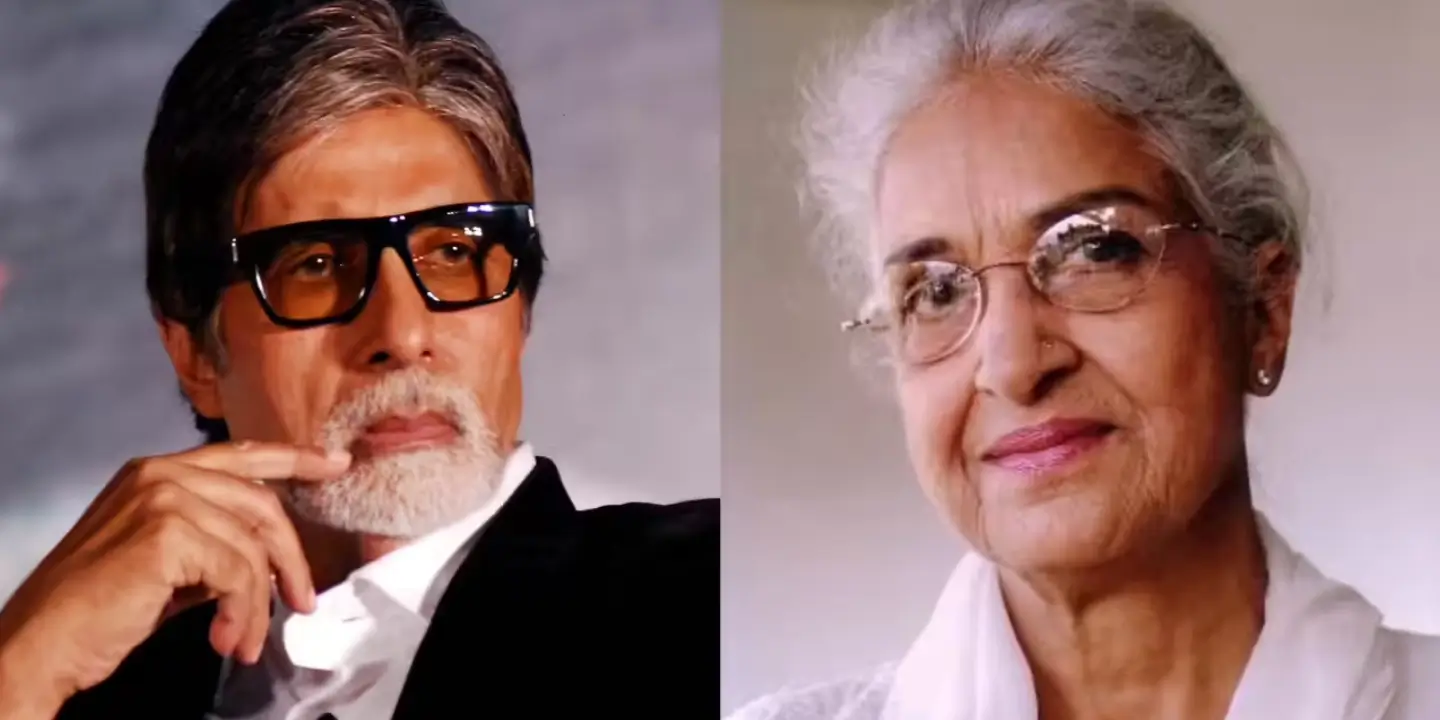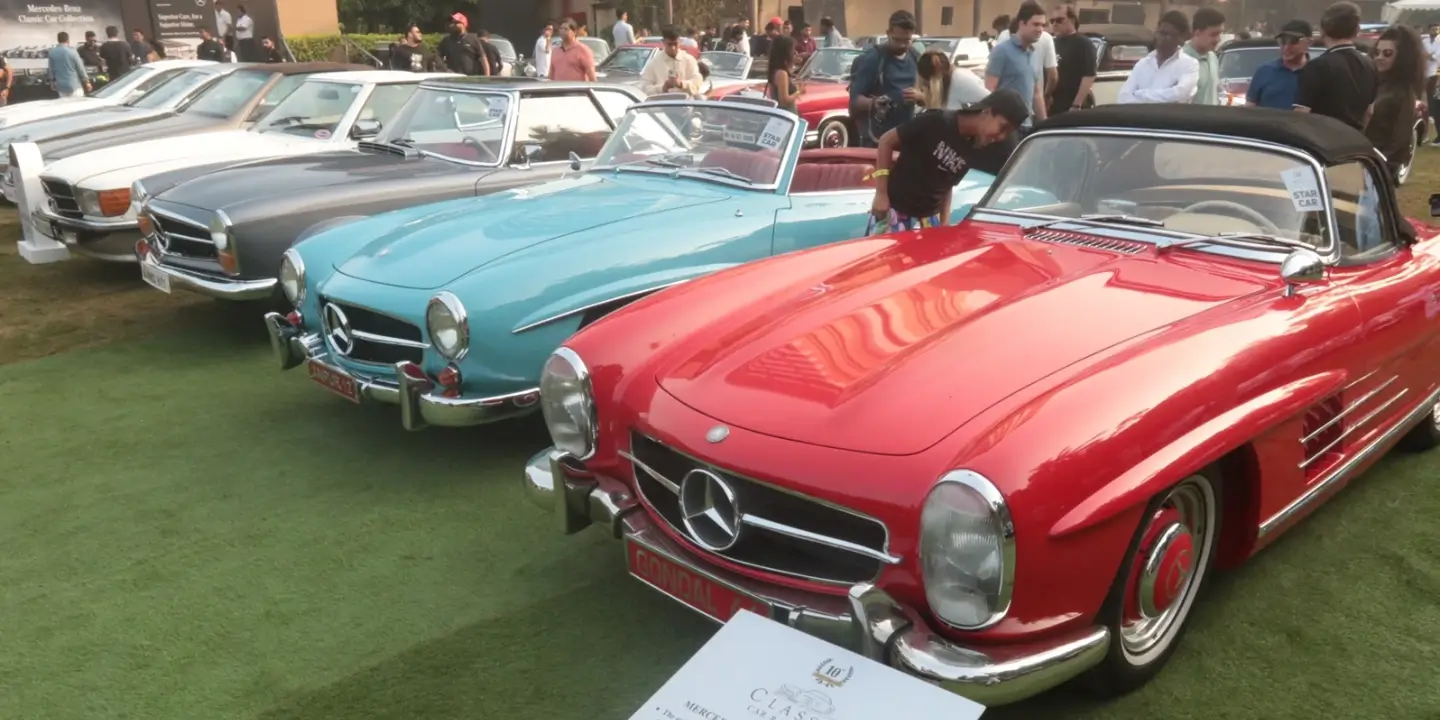
We are in the middle of the Indian Hindu wedding season, and one thing that no one will deny is the size of Indian weddings that awestruck people from across the world. Indian weddings are renowned for their vibrant colours, captivating music, extravagant attire, delectable food, extensive guest lists, exquisite jewellery, elaborate decorations, and the massive involvement of people. They are truly a spectacle that captures the essence of India’s rich culture and tradition. However, Indian weddings are more than just what you can see!
Indian Hindu weddings are big occasions, one of their kind and the most extravagant and ostentatious ones worldwide. Among the 16 samskaras, a wedding, known as Vivah Samskara, is one. All the 16 samskaras are 16 stages of human life that every human is expected to pass through for a fulfilling life. These samskaras are strategically planned and practiced with very auspicious ceremonies followed by grand celebrations.
There was a time when Hindu weddings lasted a month. Due to busy lifestyles and relatives scattered across the world, they have shrunk to a few days or just a week or two.
According to Confederation of All India Traders reports, this year, India is expected to see 48 lakh weddings this wedding season and may generate 6 lakh crore in business. This alone can give a good enough picture of the size of Hindu weddings in India. Last year, 3.8 million weddings took place in India between November and December, which generated around Rs 4.74 trillion. Delhi alone is expected to have 450,000 weddings this year, expected to contribute Rs. 1.5 trillion to the local economy.
Hindu weddings have always been an extravagant affair. However, with the growing earning capacity of young couples and the easy availability of resources, things have become convenient for all. From simple traditions and simple rituals with close family friends, Hindu weddings have become a massive international attraction today. It now influences the
Indian weddings are not just an affair between two people or two families; rather, they also include retailers and service providers from clothing, jewellery, household items, catering, food, hotels, decoration, tourism, transportation, event management, wedding venues, music-sounds, photography, videography, fashion, beauty, and electronics sectors.
With an economic boost anticipated across India, it would not be wrong to say that Indian weddings (especially Hindu weddings) significantly fuel the national economic growth.


























